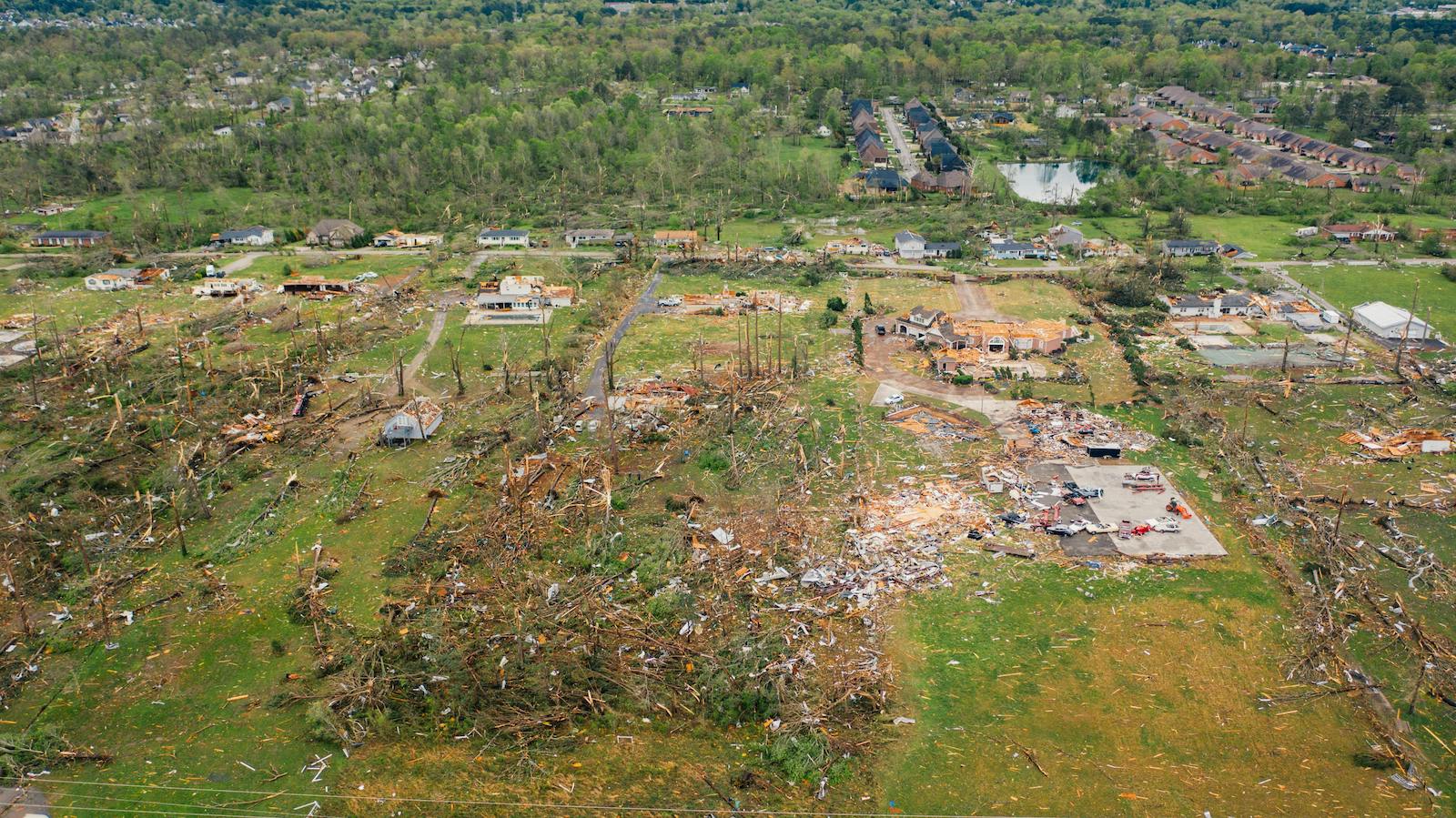As of mid-November, 7,329 wildfires have been recorded in the U.S. this year, totaling 362,403 acres, destroying 772 structures and damaging 104. With the American Southwest seeing rising temperatures and drier conditions as climate change takes its toll, all but three of the 20 largest fires on record in California have occurred since 2000, with most of those happening in the last three years. This increase in destruction has led to skyrocketing insurance premiums, and many Americans feel they can no longer afford insurance protection.
Currently, 54% of Californians cannot afford disaster debt, and the state needs a solution. In response to this protection gap, Gov. Gavin Newsom has signed a bill requiring insurers to provide premium discounts for consumers who mitigate against wildfire risks.
These new insurance pricing regulations are the first in the nation to give homeowners incentives to take action against wildfire risks. Carriers are legally bound to provide discounts to consumers who follow the Safer from Wildfires framework, developed by the California Department of Insurance, alongside other state disaster prevention agencies.
However, the legislation leaves many insurers wondering how safety measures at the individual level can help them manage risk. Fortunately, the technology is out there to help insurers keep tabs on the safety measures their customers are taking and be better-positioned to mitigate risk and retain profitable underwriting despite mandatory discounts on premiums.
See also: Property Underwriting for Extreme Weather
Combining artificial intelligence with aerial imagery can allow for the creation of 3D property insights and make risk identification quicker and more efficient. With accurate, rich and reliable data, insurers can gain a competitive advantage by accurately assessing wildfire risks and reducing their claim losses by double-digit percentages across the board. These carriers also can more easily work out replacement costs if a loss does occur.
The new legislation will focus on the buffer zones between trees and a property, which are critical for halting the spread of wildfires, and the distance between vegetation and a property can be identified using artificial intelligence and aerial imagery. A property intelligence data supplier can provide up-to-date information about the evolution of risks, with a quarterly update about a property’s risk score. Underwriting profitably will become easier, and premiums can be more personalized and fair.
Customers will not only be compensated for taking safety measures, as stipulated by the new laws, but can be provided specific recommendations about how to protect themselves from wildfires. This could not only make insurers more competitive but could save significant costs. For example, an insurer can know whether a property has vegetation within 15 feet of its walls and automatically contact the owner to inform them of their increased wildfire risk and offer suggestions to reduce it. When the carrier and the customer work in tandem, both benefit from the lower chance of getting stung financially.
The customer will feel that their relationship goes beyond transaction, creating an emotional bond that is a powerful retention tool.
Insurers are already starting to provide cheaper premiums to low-risk customers. This provides a welcome outlier as premiums increase on average.








